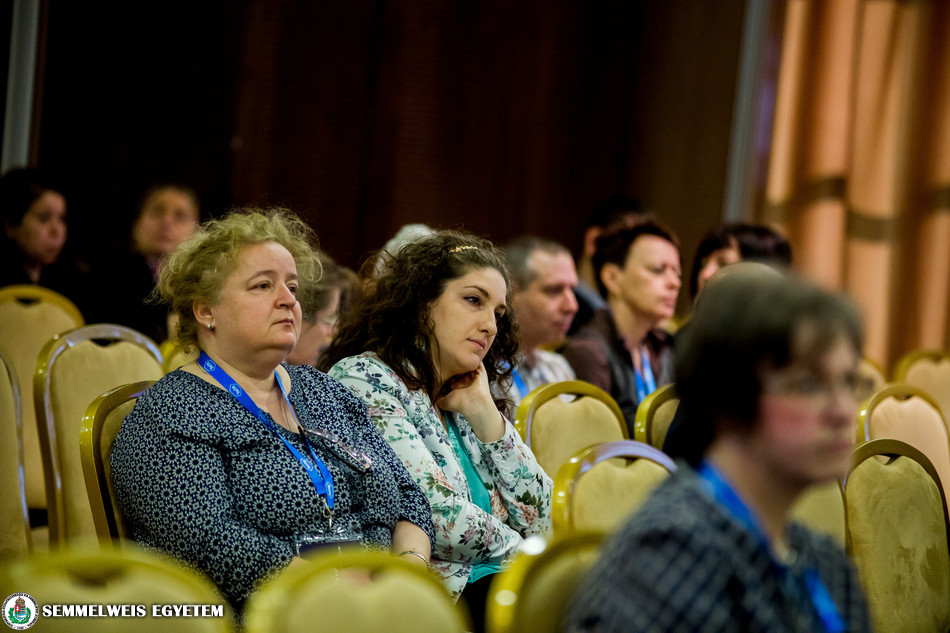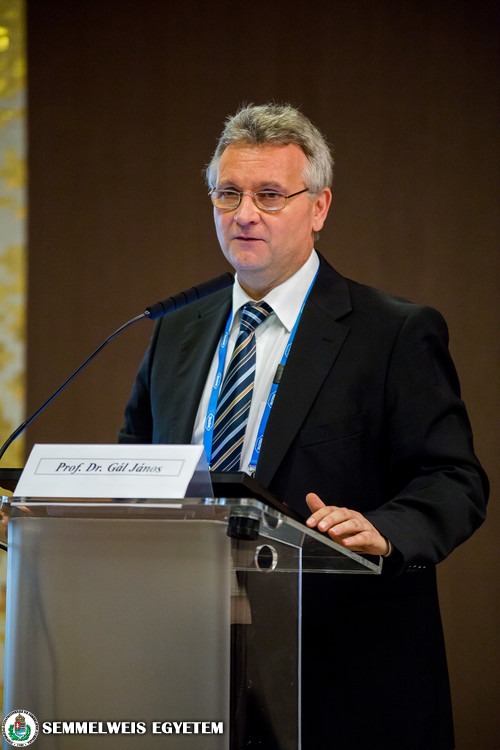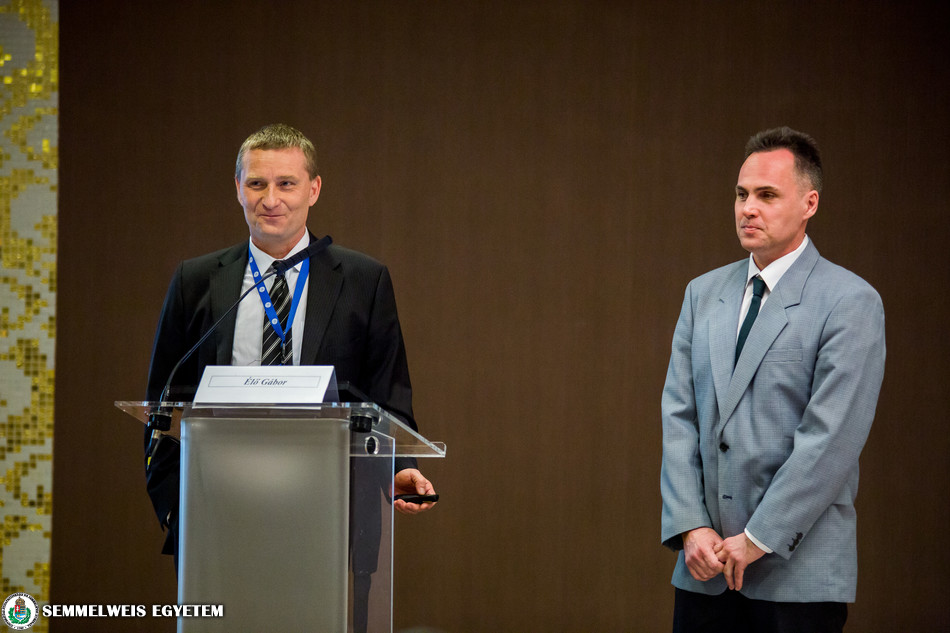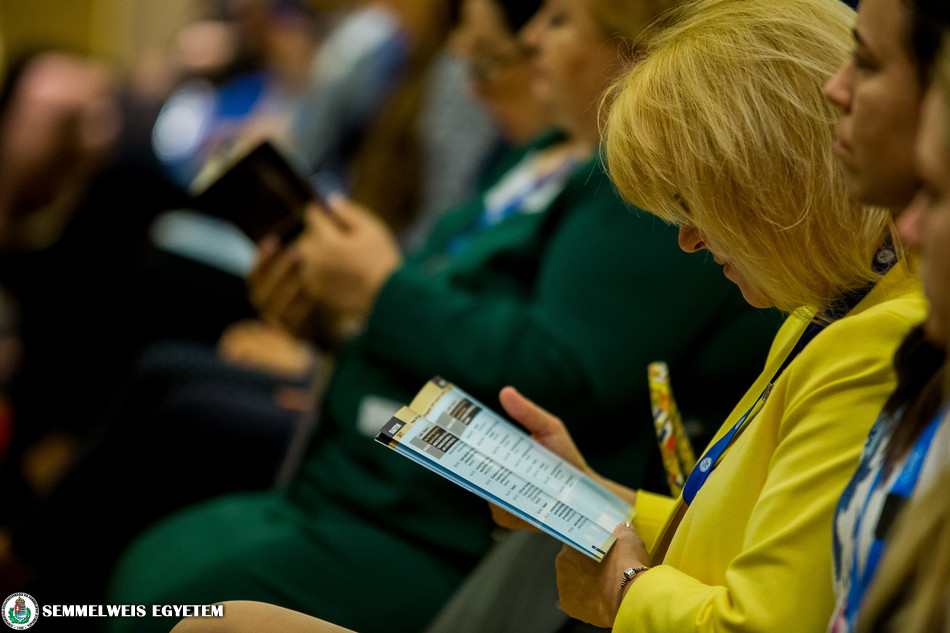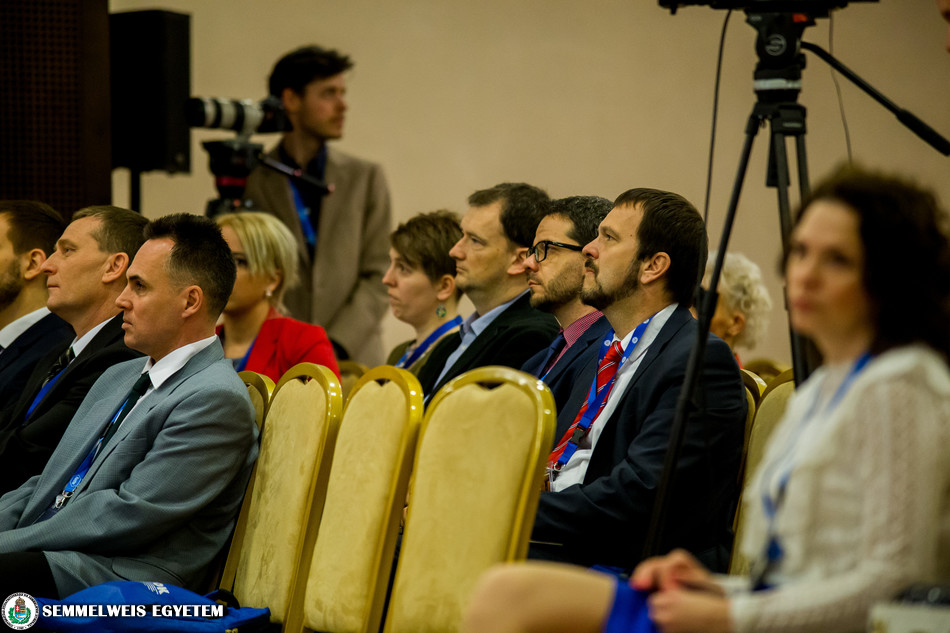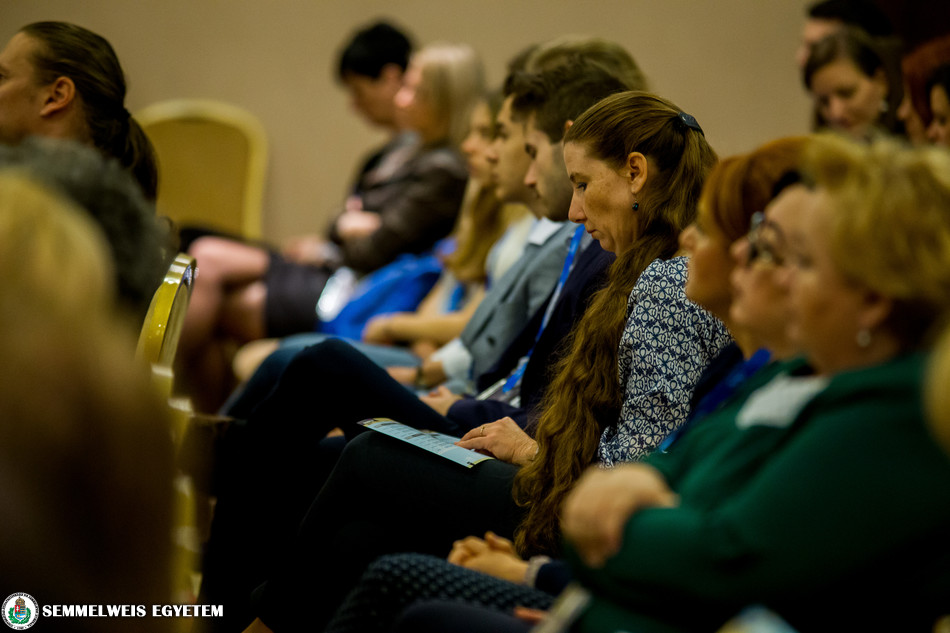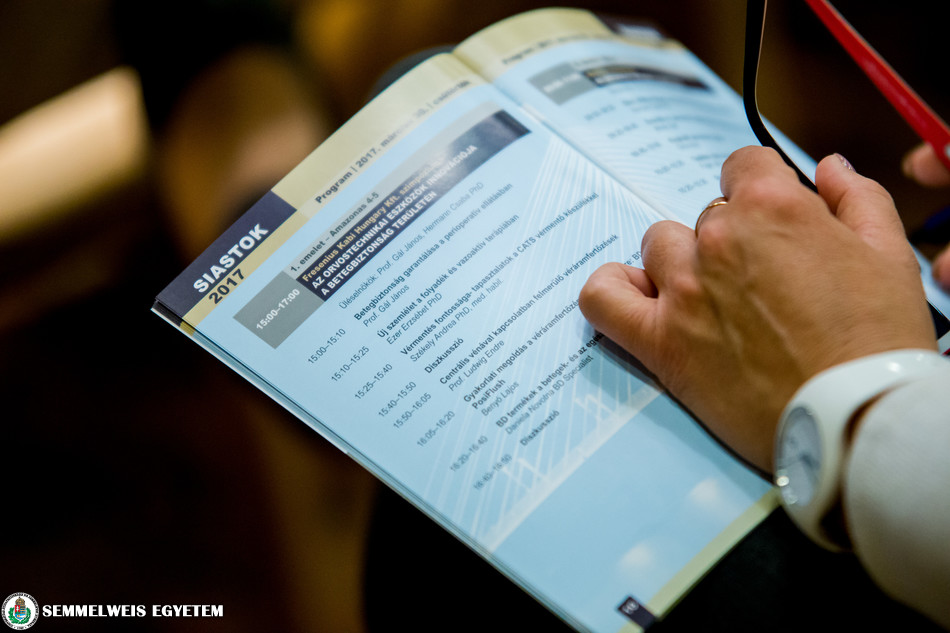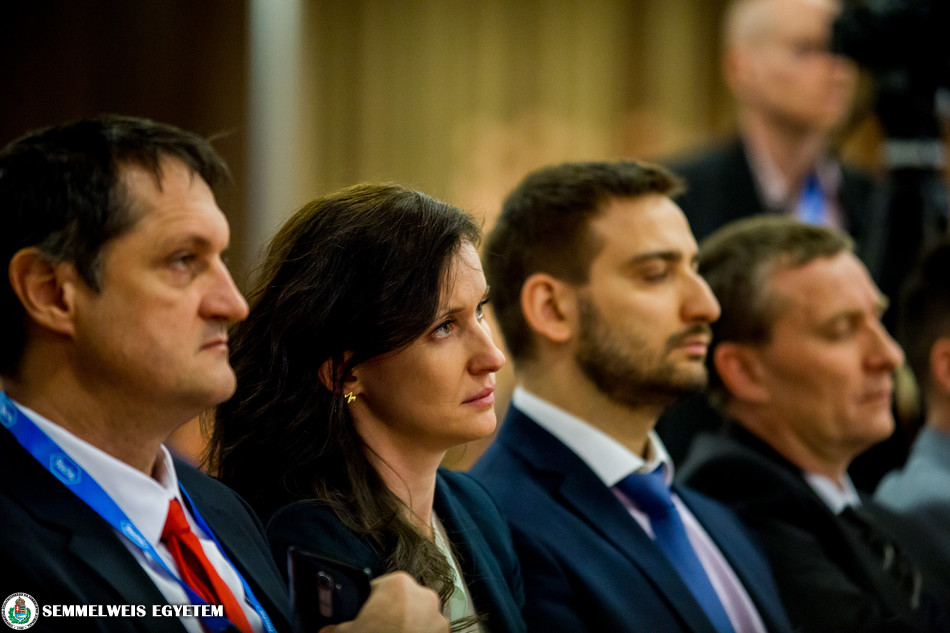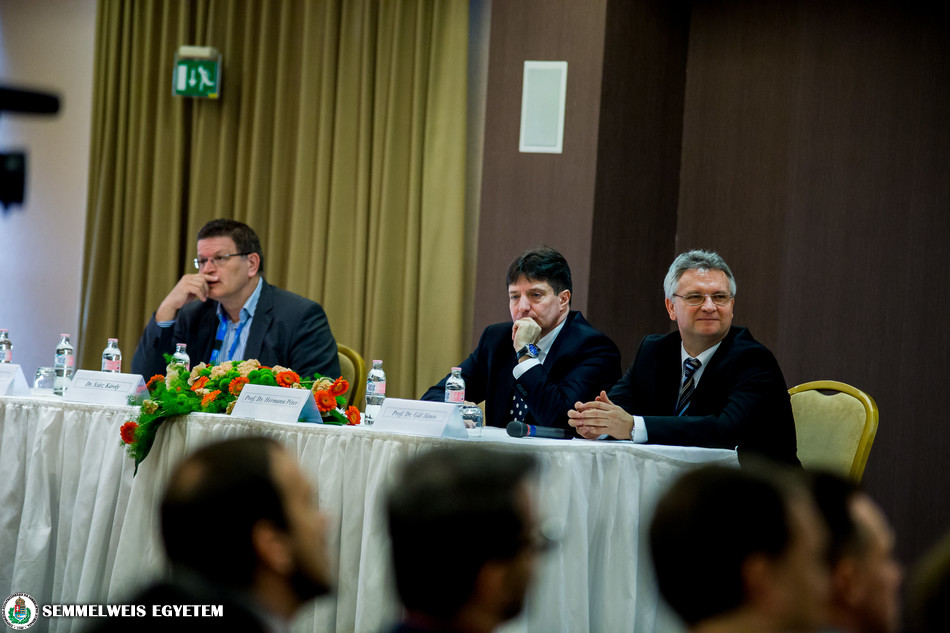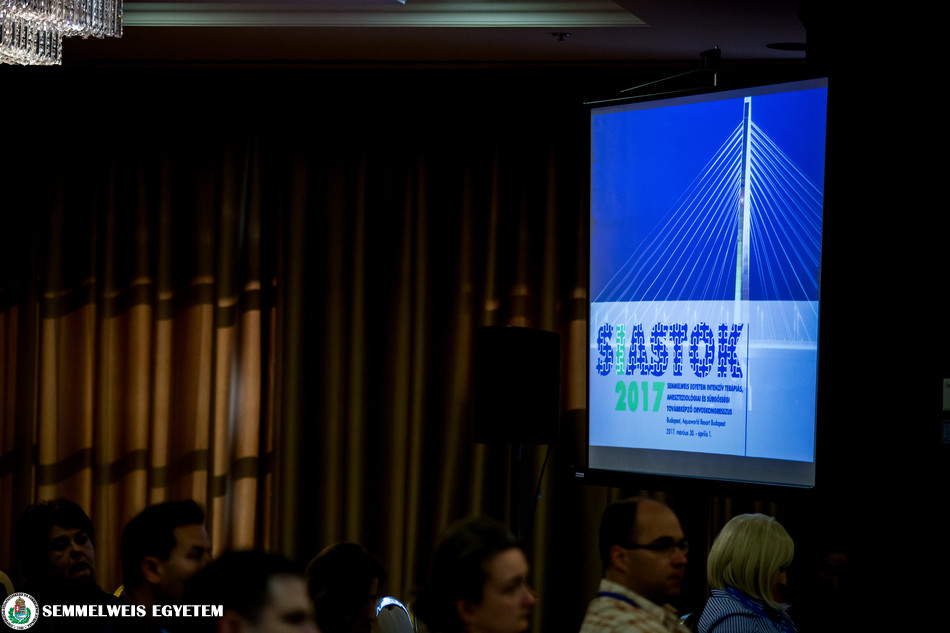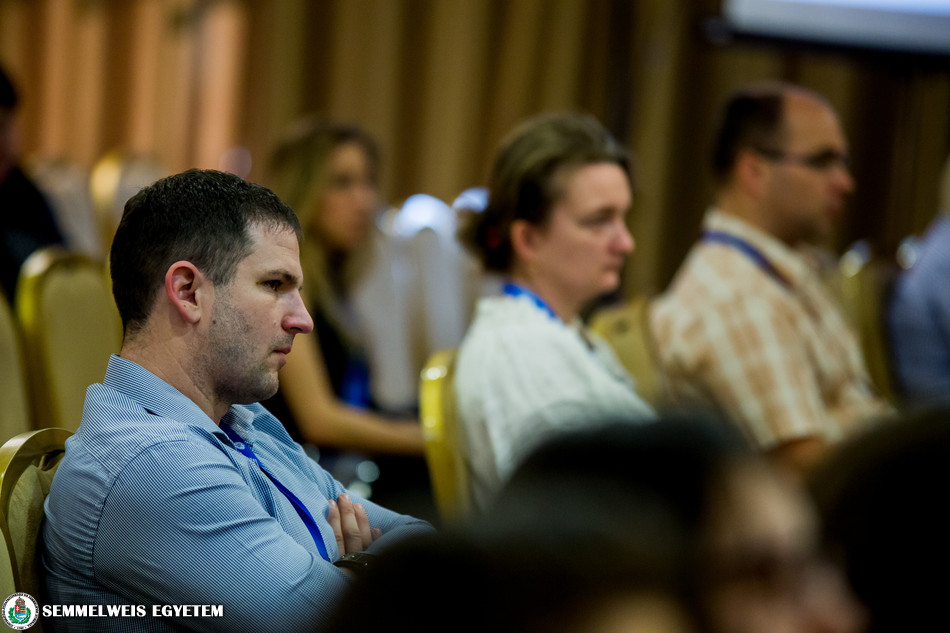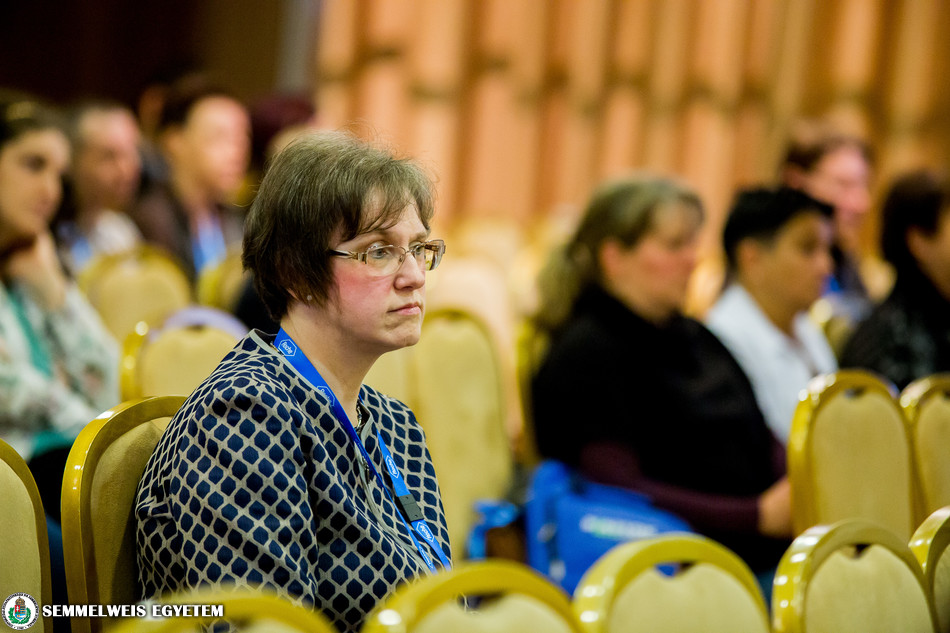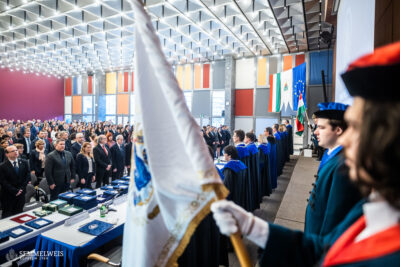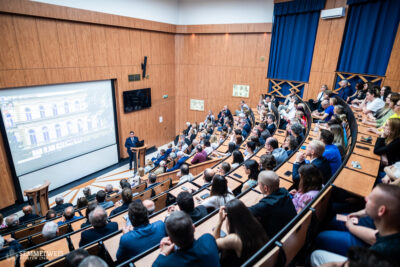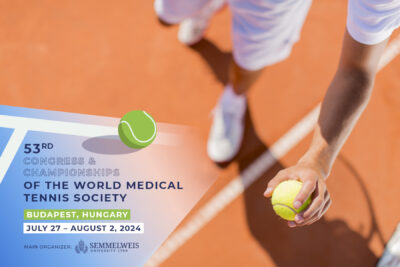This year the Department of Anaesthesiology and Intensive Therapy organized its specialized training congress, SIASTOK, for the 8th time. During the congress the current issues of intensive care were raised and lectures were being held about the following topics: the health conscious education of young people, the postgraduate integration of experiences abroad, the appropriate development of current requirements related to disaster medicine, the application of simulations in education as well as the practice of living will. At the end of the event it was announced that the Department of Anaesthesiology and Intensive Therapy volunteered to train teachers who can professionally instruct resuscitation in every secondary school where there is a need for this type of education.
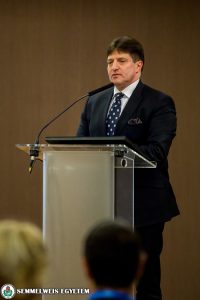 “The well-extended relationship network of the Department of Anaesthesiology and Intensive Therapy is exemplary, the department has a strong collaboration with the Hungarian Defence Forces. In the recent past Brigadier General Dr. István Kopcsó was appointed as military and strategic advisor general of the Department of Military, Disaster and Law Enforcement Medicine. Also, the Medical Centre, Hungarian Defence Forces were provided with the title of teaching hospital by Semmelweis University. … It is important to emphasize the vivid international relations of the university, like the partnership with Oxford University. Such collaborations all contribute to the good ranking results at international ranking lists prepared by different universities. … The mission of the Department of Anaesthesiology and Intensive Therapy to transfer the skill of resuscitation as well as the ability to use the relevant equipment adequately to more and more secondary school students is very important.”, highlighted Dr. Péter Hermann, Vice-Rector for Educational Affairs of Semmelweis University, who was also the Chairman of the congress.
“The well-extended relationship network of the Department of Anaesthesiology and Intensive Therapy is exemplary, the department has a strong collaboration with the Hungarian Defence Forces. In the recent past Brigadier General Dr. István Kopcsó was appointed as military and strategic advisor general of the Department of Military, Disaster and Law Enforcement Medicine. Also, the Medical Centre, Hungarian Defence Forces were provided with the title of teaching hospital by Semmelweis University. … It is important to emphasize the vivid international relations of the university, like the partnership with Oxford University. Such collaborations all contribute to the good ranking results at international ranking lists prepared by different universities. … The mission of the Department of Anaesthesiology and Intensive Therapy to transfer the skill of resuscitation as well as the ability to use the relevant equipment adequately to more and more secondary school students is very important.”, highlighted Dr. Péter Hermann, Vice-Rector for Educational Affairs of Semmelweis University, who was also the Chairman of the congress.
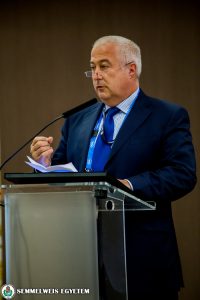 “It is such a great pleasure to welcome more than 700 participants from all over the country from different health care institutions. One of the main importance of the congress is that there is an opportunity to get acquainted with the recent novelties of co-areas besides anaesthesiology. Anaesthesiology has a great relevance in patient care, yet the importance of a strong collaboration with surgical professions is also high, since the good relationship among the different departments and the exchange of experiences can result in outstanding results during the practice.”, expressed Dr. Károly Szász, Chancellor of Semmelweis University.
“It is such a great pleasure to welcome more than 700 participants from all over the country from different health care institutions. One of the main importance of the congress is that there is an opportunity to get acquainted with the recent novelties of co-areas besides anaesthesiology. Anaesthesiology has a great relevance in patient care, yet the importance of a strong collaboration with surgical professions is also high, since the good relationship among the different departments and the exchange of experiences can result in outstanding results during the practice.”, expressed Dr. Károly Szász, Chancellor of Semmelweis University.
Chancellor Szász also talked about the measures taken related to payment rise, and about the introduction of a career model for professionals, which also entails a payment rise. According to him, with these measures the university has managed to increase and stabilize the number of professional staff. Chancellor Szász expressed his appreciation for Dr. János Gál, Director and to Dr. Péter Kanizsai, Head of the Departmental Group of Emergency Medicine – Oxyology for their great contribution to the successful realization of the European Union phase of the Korányi Project.
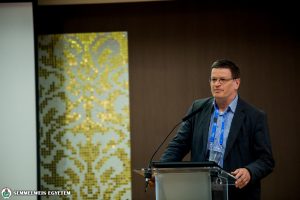 Dr. György Velkey, Director of the Bethesda Children’s Hospital talked about the “For a Healthy Budapest” Programme as the patron of the congress, with the help of which the transformation of the health care system of the entire capital could be achieved by significant infrastructural investments and could provide an opportunity for a profound professional cooperation. Dr. Velkey emphasized the importance of the role of the staff working at anaesthesiology care and the staff members of co-areas in having as many professional aspects represented in the programme as possible.
Dr. György Velkey, Director of the Bethesda Children’s Hospital talked about the “For a Healthy Budapest” Programme as the patron of the congress, with the help of which the transformation of the health care system of the entire capital could be achieved by significant infrastructural investments and could provide an opportunity for a profound professional cooperation. Dr. Velkey emphasized the importance of the role of the staff working at anaesthesiology care and the staff members of co-areas in having as many professional aspects represented in the programme as possible.
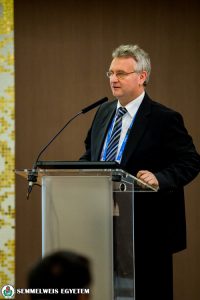 The opening lecture of the SIASTOK congress was held by Dr. János Gál, Director, who recalled the most important events happened at the Department of Anaesthesiology and Intensive Therapy, the only department of anaesthesiology in Hungary, in the last 10 years. Dr. Gál highlighted among other things the importance of the professional work that was started at the Central Patient Care Building. According to Dr. Gál the professional staff of intensive care not only has to carry out a high-level quality work in the fields of education, research and patient care, but they also have to meet the requirements of other current social expectations such as catastrophe situations, terrorism, artificial heart programme and life support system at home. Dr. Gál expressed his appreciation for the successful work and achievements for the 386 employees of the department, there are a lot of very talented people. He said that the department can function successfully and dynamically, as well as can meet the social requirements besides accomplishing the basic responsibilities with the help of the good cooperation among the staff members.
The opening lecture of the SIASTOK congress was held by Dr. János Gál, Director, who recalled the most important events happened at the Department of Anaesthesiology and Intensive Therapy, the only department of anaesthesiology in Hungary, in the last 10 years. Dr. Gál highlighted among other things the importance of the professional work that was started at the Central Patient Care Building. According to Dr. Gál the professional staff of intensive care not only has to carry out a high-level quality work in the fields of education, research and patient care, but they also have to meet the requirements of other current social expectations such as catastrophe situations, terrorism, artificial heart programme and life support system at home. Dr. Gál expressed his appreciation for the successful work and achievements for the 386 employees of the department, there are a lot of very talented people. He said that the department can function successfully and dynamically, as well as can meet the social requirements besides accomplishing the basic responsibilities with the help of the good cooperation among the staff members.
“The Department of Anaesthesiology and Intensive Therapy volunteered to train teachers who can professionally instruct resuscitation in every secondary school where this training is officially included in the curriculum. Our aim is to reach out to more and more young people who can master the skills of resuscitation. With this endeavour the chances of survival in case of a sudden cardiac death can be increased many times over. Our department started to address secondary-schools in 2014 in this respect, and 200 secondary-school students mastered the skills of resuscitation during a SIASTOK congress. In the framework of a special collaboration between Semmelweis University and ELTE Apáczai Csere János Secondary School every student of this school attending the 9th grade participates in this training.
During the three-day SIASTOK congress of 2017 the current issues of intensive care were raised from the point of view of co-areas. The topics of the lectures were as follows: the introduction of the Apáczai project, the postgraduate integration of experiences abroad, disaster medicine in our daily life, the current novelties related to pain therapy, the application of simulations in education as well as the practice of living will.
Eszter Keresztes
Photo: Attila Kovács – Semmelweis University
Translated by: Katalin Romhányi
